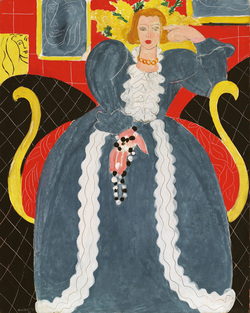
December 31 was Matisse’s birthday, by the way, so Happy Birthday Henri, with great thanks.
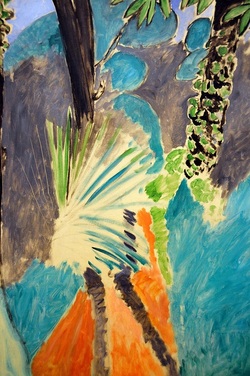
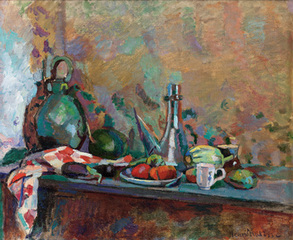
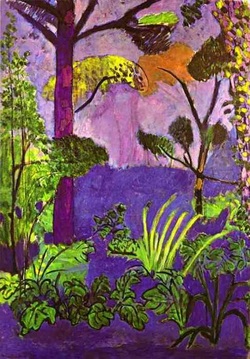
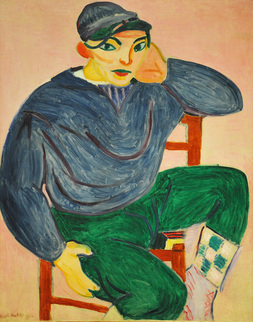
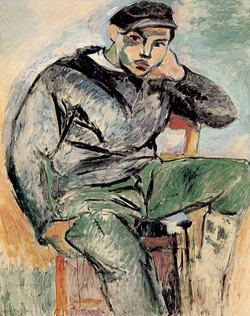

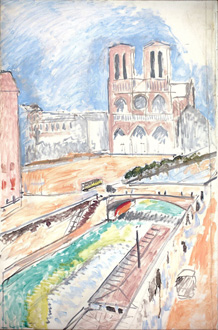
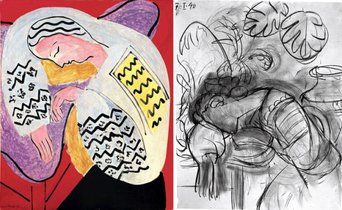
Matisse's famous quote:
*What I dream of is an art of balance, of purity and serenity, devoid of troubling or depressing subject matter, an art which could be for every mental worker, for the businessman as well as the man of letters, for example, a soothing, calming influence on the mind, something like a good armchair which provides relaxation from physical fatigue.
http://www.metmuseum.org/exhibitions/listings/2012/Matisse
Slide show from the Met Exhibit
http://www.nytimes.com/slideshow/2012/11/30/arts/design/20121130-MATISSE.html#1
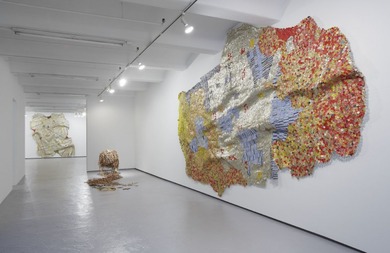
http://www.jackshainman.com/home.html
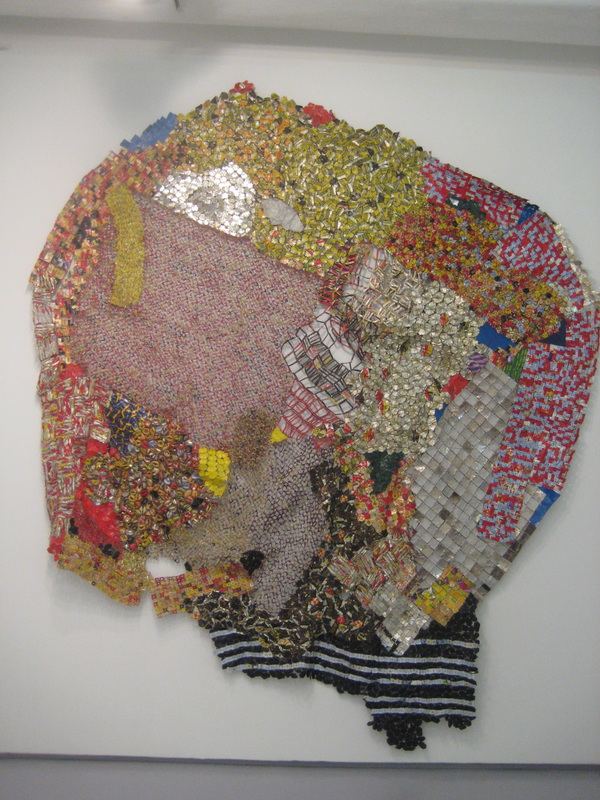
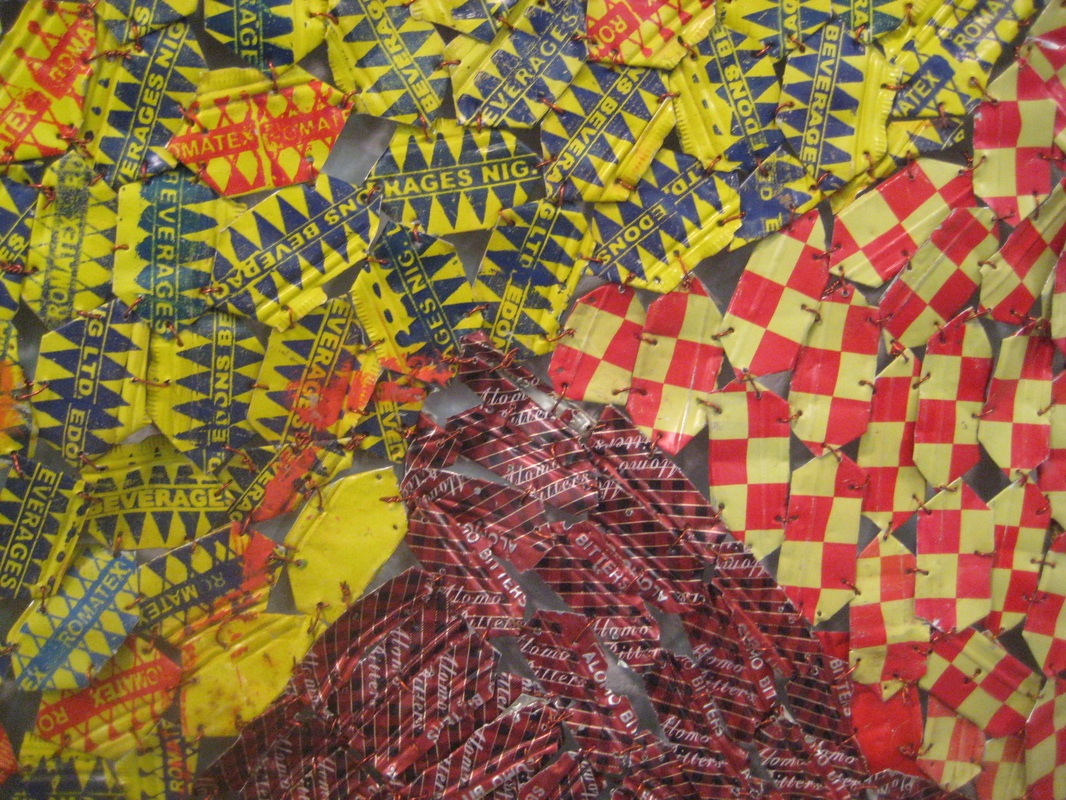
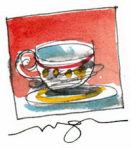

 RSS Feed
RSS Feed